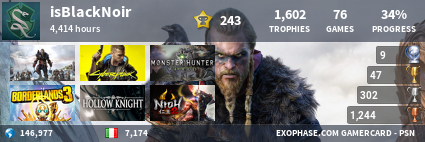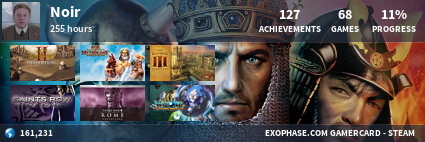iZ SoPraNoZ
Legend of forum
- Iscritto dal
- 17 Ott 2014
- Messaggi
- 17,198
- Reazioni
- 1,313
Offline
Ma se tanto ormai scalano su pc. Cosa gli cambia? Ahimè
No in effetti pensandoci bene non cambia nulla, anche perché i salti generazionali sono sempre più effimeri. Questa generazione ne è l’esempio lampante. A tal proposito non mi aspetto granché da PS6, se non una PS5 Pro 2.0 con una marea di cross gen per anni.








